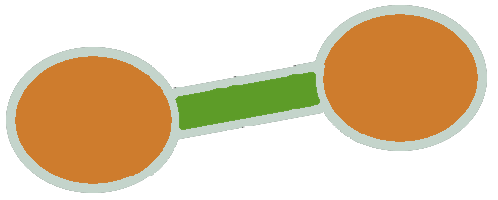Ninatoka
 concept
conceptScurvy
Scurvy is a disease resulting from a lack of vitamin C (ascorbic acid).[1] Early symptoms of deficiency include weakness, feeling tired and sore arms and legs.[1][2] Without treatment, decreased red blood cells, gum disease, changes to hair, and bleeding from the skin may occur.[1][3] As scurvy worsens there can be poor wound healing, personality changes, and finally death from infection or bleeding.[2] It takes at least a month of little to no vitamin C in the diet before symptoms occur.[1][2] In modern times, scurvy occurs most commonly in people with mental disorders, unusual eating habits, alcoholism, and older people who live alone.[2] Other risk factors include intestinal malabsorption and dialysis.[2] While many animals produce their own vitamin C, humans and a few others do not.[2] Vitamin C is required to make the building blocks for collagen.[2] Diagnosis is typically based on physical signs, X-rays, and improvement after treatment.[2] Treatment is with vitamin C supplements taken by mouth.[1] Improvement often begins in a few days with complete recovery in a few weeks.[2] Sources of vitamin C in the diet include citrus fruit and a number of vegetables, including red peppers, broccoli, and tomatoes.[2] Cooking often decreases the residual amount of vitamin C in foods.[2] Scurvy is rare compared to other nutritional deficiencies.[2] It occurs more often in the developing world in association with malnutrition.[2] Rates among refugees are reported at 5 to 45 percent.[4] Scurvy was described as early as the time of ancient Egypt.[2] It was a limiting factor in long-distance sea travel, often killing large numbers of people.[5] During the Age of Sail, it was assumed that 50 percent of the sailors would die of scurvy on a major trip.[6] A Scottish surgeon in the Royal Navy, James Lind, is generally credited with proving that scurvy can be successfully treated with citrus fruit in 1753.[7] Nevertheless, it was not until 1795 that health reformers such as Gilbert Blane persuaded the Royal Navy to routinely give lemon juice to its sailors.[6][7]
Ref: https://en.wikipedia.org/wiki/Scurvy
Join Ninatoka!!
NinatoKa's goal is to support you as a therapist in unravelling the illness pathway from symptoms to cause, and to help you detect potential interventions.
Go to Explore to start your discovery!
Go to Learn to scroll through newly added data.
Go to Contribute to contribute to the Ninatoka database.
You can rate content up or down and add comments if you agree or disagree.



